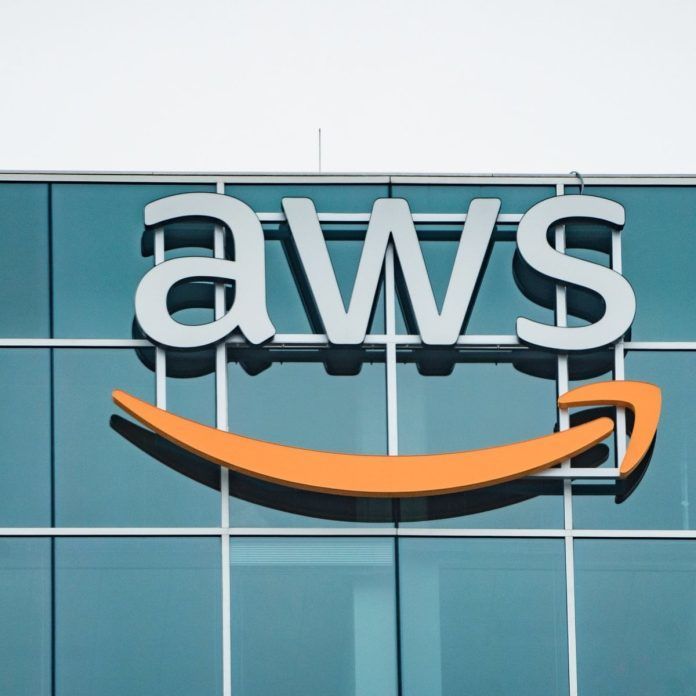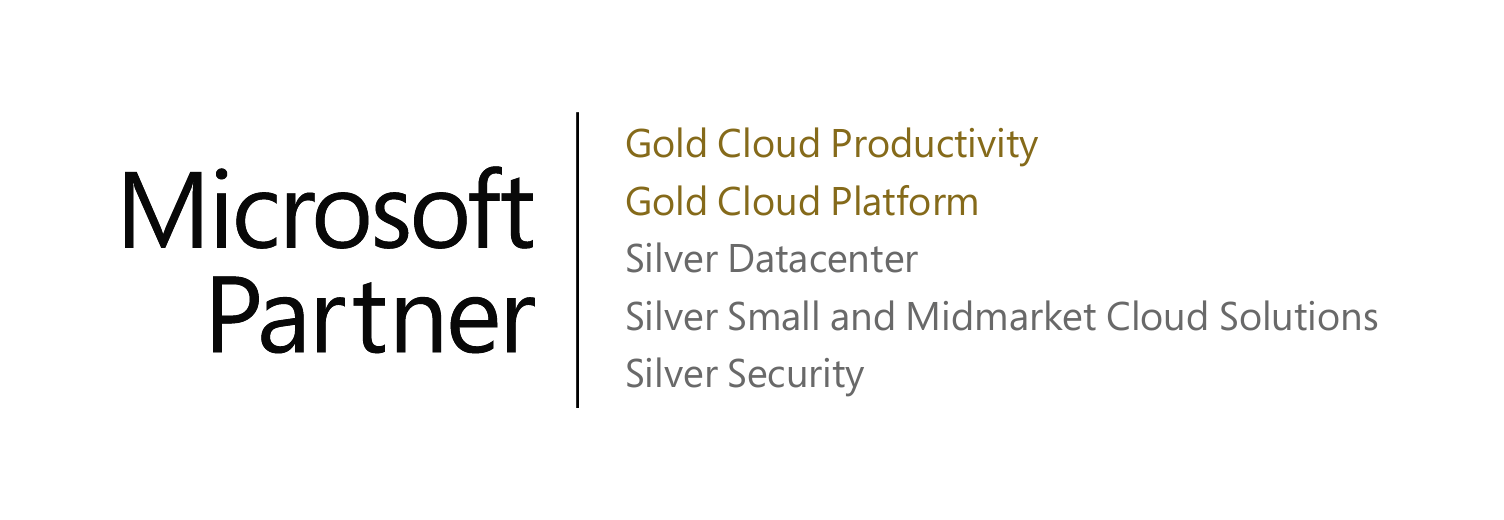Local and State Governments Hybrid Work
The New Normal
As we all know, after the pandemic, the term "new normal" shaped how organizations and entities work. A new hybrid work model was imposed that forced most employees to work remotely and IT administrators reevaluating their infrastructure and security. Governments also had to learn how to navigate and support the hybrid workforce.
In the article The Hill by Liz Farmer stated,
“Governments have long been talking about things like streamlining and putting things online and AI and all that cool tech stuff. But the pandemic really forced their hand. There is a strong sense that governments need to be able to provide services in a way that is what their constituents expect, but with fewer people behind the scenes.”
Some governments started the transition to cloud early, so when the pandemic hit they were able to transition and adapt fairly quickly. Some had to utilize their existing environment, which was not allocated to support all of the end users at once. And, others had to figure out alternative ways that posed challenges like security and increased IT infrastructure bandwidth to accommodate the increased remote work.
Hybrid work - reimagined
Those who were ready even before the pandemic experienced a more seamless experience transitioning remote. One example is City of Corona. In 2018, the city's IT department had moved more than 80% of its infrastructure to the cloud. In late 2019, the city began virtualizing Microsoft 365 and other software as a service (SaaS) applications with Azure Virtual Desktop.
Kyle Edgeworth, Deputy Chief Information Officer at the City of Corona, says the original goal had been to provide only virtual applications. “Then Azure Virtual Desktop and Windows 10 multi-session came out, which meant we’d be able to provide hundreds of employees with a rich Windows 10 desktop experience whether they’re in the office or working remotely.”
In early 2020, in response to the COVID-19 federal mandates, City of Corona had to pivot and ramp up its Azure Virtual Desktop deployment timeline. In a couple of days, City of Corona's pilot program had to transition into production across the entire organization to accommodate 350 employees.
Edgeworth says, “As the city went into lockdown, with a couple clicks we were able to build and scale up the infrastructure we needed so most of our employees could work remotely.” He adds that by using the auto-scale feature, the city provides more computing capacity on demand: “Then at night, we reduce our consumption by automatically powering virtual machines off. This lowers our costs and the amount of virtual infrastructure we need to maintain.
No hardware available? No problem.
Another challenge, that impacted the public sector as well, was the supply shortage of computers, hardware equipment, and limited network capacity.
Chris McMasters, Chief Information Officer for the City of Corona, says, “We virtualized the desktops for emergency operations, so employees could work remotely. We ran our emergency response operations through Microsoft Teams, enabling a public-information call center for COVID-19 questions through Microsoft Teams, which first responders use to coordinate with the public and provide assistance. Unlike a lot of public sector organizations that had to acquire laptops and update their infrastructures, we basically flipped a switch and sent employees to work at home from their personal devices.”
Azure Virtual Desktop provides a single unified experience from which employees, remotely or on-prem, can work across desktop and laptop computers, mobile devices, and bring your own device (BYOD) employee owned. This approach also brings cost saving benefits in not having to procure, configure, and provision new computers, which brings the freedom to scale up, or down as more and more employees return to the office. City of Corona was able to scale and provide remote users access to the infrastructure seamlessly and securely with Azure Virtual Desktop, reduce countless hours and overhead, and empower remote employees.
Security? Compliance? A must.
Lot of the times, there's a hesitation in moving to the cloud due to compliance and security concerns. Government agencies must comply with Federal Information Processing Standards (FIPS) 140-2. Interesting fact is, Azure Virtual Desktop, formerly called Windows Virtual Desktop, was the first public cloud to be cloud compliant with Criminal Justice Information System (CJIS) policies.
As a requirement by the DOJ, IT departments set up and distribute devices to public safety employees, however, City of Corona leverages the read-only IGEL operating system on top of existing workstations or thin clients. IGEL helps federal agencies using Virtual Desktop Infrastructure (VDI) and/or Desktop as a Service (DaaS) to fully realize the promise of simpler and more secure access to cloud workspaces with software-defined endpoints. Azure Virtual Desktop and IGEL allows City of Corona, and many government agencies, to save on hardware costs, meet U.S. government standards, and manage a single operating system that’s built for cloud workspaces.
Edgeworth says, “We can ensure that when our users log in, they’re coming from the correct locations and from the right devices, that everything meets our standards, and people can access the resources that they need. It’s a highly secure footprint and fully encrypted.”
To summarize
Government agencies are starting to adopt Azure Virtual Desktop to save on hardware, improve data governance and accessibility, modernize to optimize operations, unified cybersecurity, and enable secure remote work. Azure Virtual Desktop is a groundbreaking solution and is disrupting the idea that organizations infrastructure is safer and more secure on-premises.




